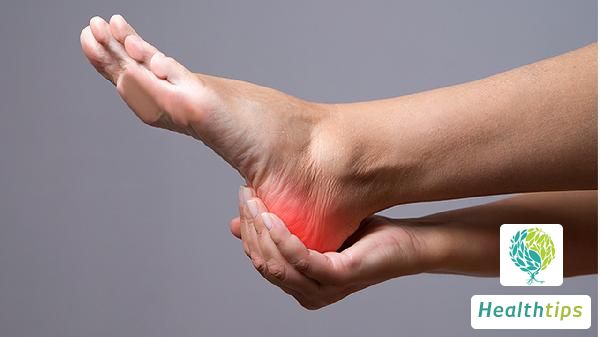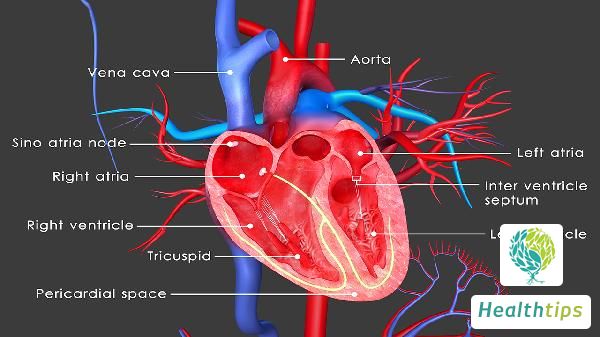What Are the Standard Methods of Treatment for Vitiligo?

1. Diet adjustment: Eating more food rich in tyrosine and minerals in daily life, such as black beans, walnuts, and animal livers, can help promote the production of melanocytes.
2. Life care: Pay attention to sun protection, avoid prolonged exposure to ultraviolet rays to prevent disease progression. Apply sunscreen or wear sun-protective clothing when going out.
Patients can use glucocorticoid drugs under the guidance of a doctor, such as halometasone cream and mometasone furoate cream, which can play an anti-inflammatory role and control disease progression. Calcium-regulating phosphatase inhibitors can also be used externally, such as tacrolimus ointment and pimecrolimus cream. Vitamin D3 derivatives, such as calcipotriol ointment and tacalcitol ointment, can also be selected. Additionally, traditional Chinese medicine preparations like Buguzhi Tincture and Compound Kaliziran Tincture can be used as adjunctive therapy.
Common phototherapy methods include narrow-band ultraviolet B (NB-UVB) and pulsed dye laser (PDL). NB-UVB is suitable for localized vitiligo in the stable phase, while PDL is suitable for generalized vitiligo combined with segmental vitiligo.
If the area of vitiligo is large and the progressive edge is unclear, autologous epidermal grafting is recommended to improve symptoms.
According to traditional Chinese medicine, the occurrence of vitiligo is related to liver qi stagnation. Therefore, under the guidance of a professional physician, drugs such as Shuganjieyu Capsules and Xiaoyao Pills can be taken to alleviate emotions, which can also help in the recovery of the disease.
If the above treatments do not yield satisfactory results, it is necessary to promptly visit the hospital and adjust the medication plan under the guidance of a doctor.



















